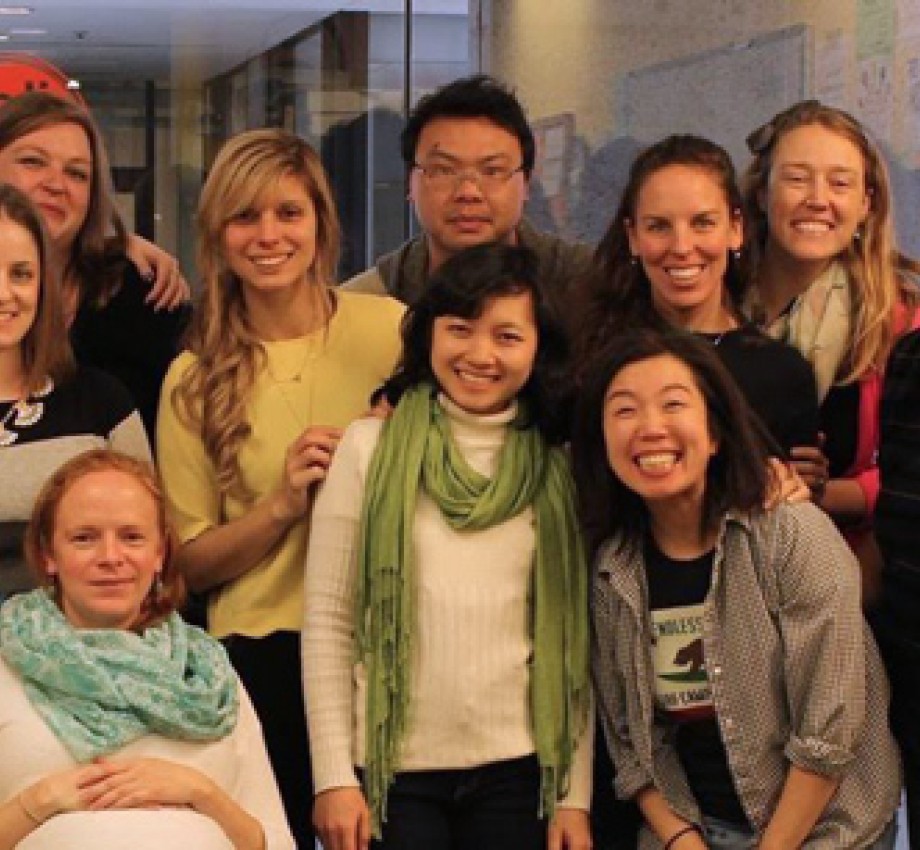Bringing Teaching English as a Second Language to Life


Teaching English to Speakers of Other Languages offers a window into other cultures, a way of better understanding your own, and an avenue to connect with your students and community. Nora Mitchell, an alumna of UC Berkeley Extension’s Certificate Program in TESOL, agrees: “I like the altruistic side—knowing that I’m helping people improve their life through learning language.”
Recognize Mitchell? In 2015 we featured her experience in the TESOL certificate.
As part of this series focusing on career skills provided through our education programs, we caught up with Mitchell to find out about life after completing the certificate. The conversation naturally turned to the TESOL practicum in course design. Embedded in the practicum course are exercises in teaching techniques, classroom management and assessment from an experienced mentor teacher. According to Mitchell, the practicum had a big impact on her teaching career.
It forces you to do that horrifying thing of getting up and giving your first lesson and get that behind you, then do it again and again and improve! So when you go out in the real world, you’ve done it and you know you’ve survived it—that you’re human, the students are human—so the stress levels go down. It helped tremendously. It builds confidence.
The mentor’s feedback is also crucial: Sometimes I would know when something wasn’t going right, but other times there were things I had absolutely no idea were coming across the way they did. For example, I learned to go more slowly when giving instructions and to break activities into smaller chunks, to model more and not give so many steps at once. I also learned a lot about timing things in the classroom. There was so much super-useful feedback that I got. Rather than sitting in the classroom, it was much more interactive: Give a lesson, get feedback, repeat. After each lesson I could use the feedback to improve the next lesson and so on. From what I understand, a lot of TESOL programs don’t have this aspect—it’s really a shortcoming of other programs. They pour information into your head and you’re off on your own. Having this practical aspect is key to the UC Berkeley Extension program being as successful as it is.
How were you able to implement learned knowledge to actually teach in a classroom?
I had to come up with four different lesson plans and develop them in advance, then have my mentor teacher review them. I would give the lesson and then the mentor teacher gave feedback. Doing it four times on four different areas of English language skills was fantastic. I lucked out with a fantastic mentor: Curt Sanford. His support was both very positive and supportive, and his suggestions for improvement were nicely modulated to keep me motivated but also realistic suggestions for improvement. I attended his class more than what was required to get more continuity in seeing what he did day-to-day. That helped a lot, too, because I got to to see his rhythm and how he worked with the students. I use a lot of what he did with his students in my own teaching because it seemed efficient and effective.
Catch us up on your career; what are you working on now?
I'm teaching Japanese professionals who are working in Silicon Valley. It’s fascinating from a cultural perspective. They tend to be highly educated and read and write English fairly well, but their speaking, listening and pronunciation skills are pretty weak. Typical Japanese universities don’t always do a great job in teaching those skills. So, in our class, we focus on pronunciation, speaking and listening. It’s so rewarding to see the results. You see a light bulb go off and they start making significant improvements quickly. I’m pushing myself forward—going down a career path that I thoroughly enjoy and that hopefully also benefits many people as I do it. I’m involved in the California (Cal) TESOL Association, which has a working group for teaching English in the workplace. I’ve signed on to moderate and coordinate a committee for them.